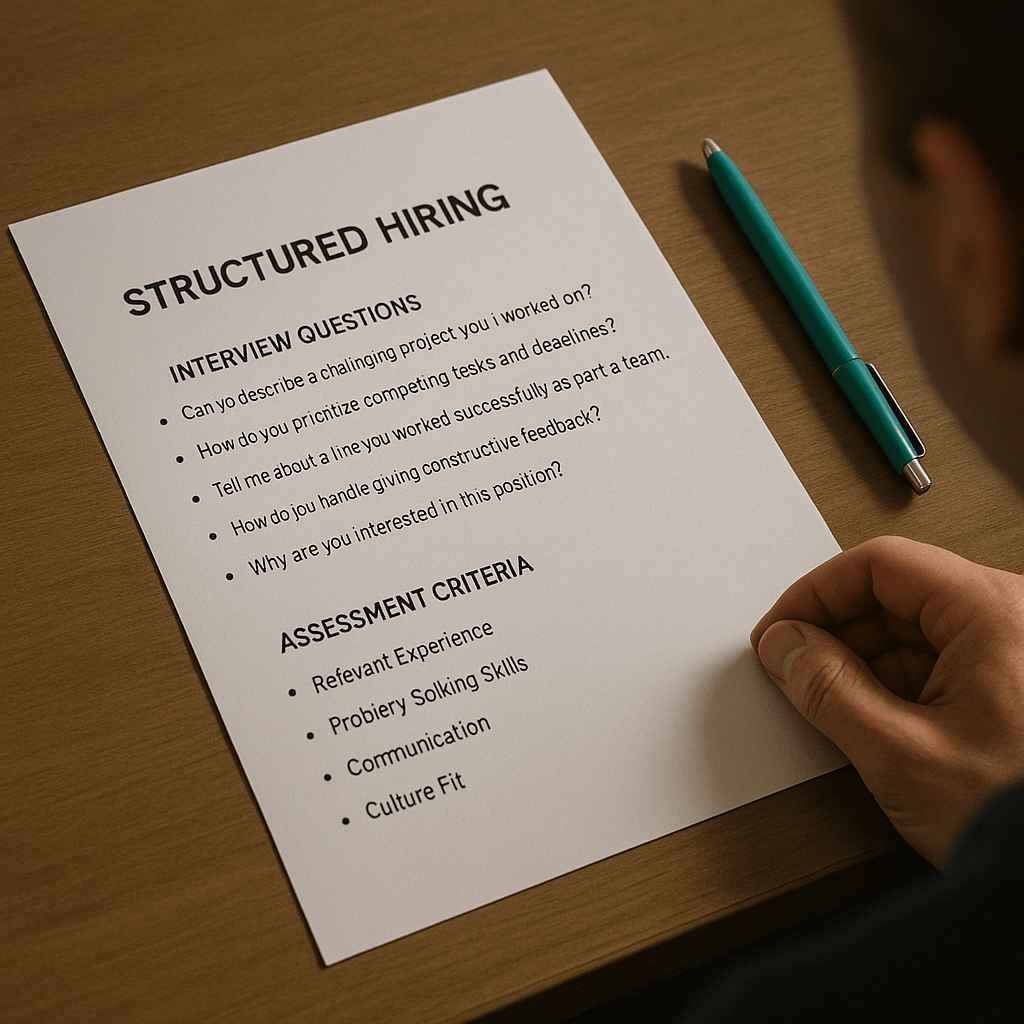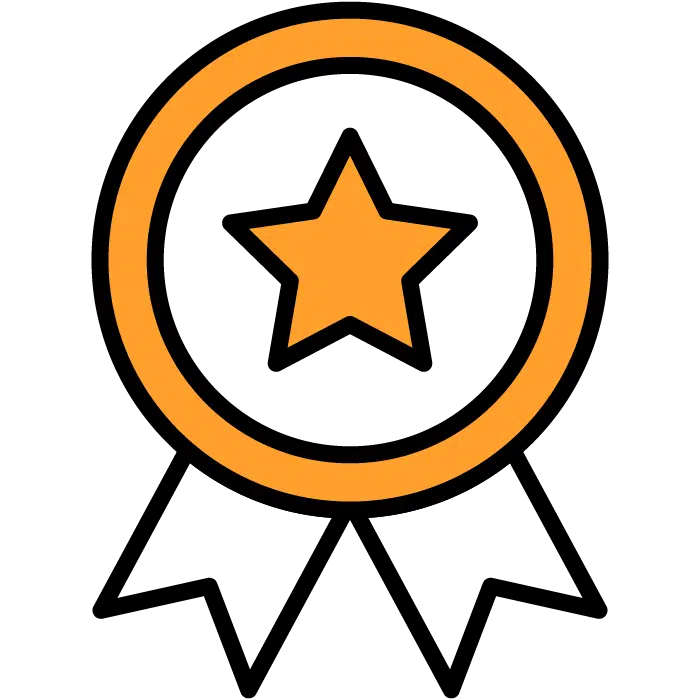Talent acquisition has evolved. No longer seen as just a cost center, it’s now recognized as a pivotal strategy—talent acquisition for business success. Companies that embrace evidence-based recruiting, next-level selection methods, and C-level talent leadership not only reduce costly turnover but also outperform competitors in productivity, innovation, and profitability.
In this comprehensive guide, we’ll explore:
- The true costs of turnover and poor hiring decisions
- Evidence-based hiring methods proven to deliver better results
- The direct impact of strategic talent acquisition on business outcomes
- How market leaders elevate recruitment to the executive suite
- Practical steps to position talent acquisition as a board-level strategy
The Hidden Costs of Turnover and Bad Hires
Turnover and hiring missteps have deep—and often underestimated—financial implications. According to Gallup, replacing a leader or manager costs up to 200% of their annual salary. For technical professionals, it’s around 80%, and for frontline staff, about 40% (source). A study of more than 1,000 U.S. hiring managers revealed an average cost per bad hire (factoring in productivity loss and recruitment expenses) of $36,000. Even more striking, one in five firms said turnover costs exceeded $100,000 annually.
National Impact:
- Annual U.S. turnover costs are estimated at $600 billion—including recruiting, training, lost productivity, and lost consumer spending.
- A Cornell University study found that when seasoned employees leave, both operational efficiency and customer service decline.
Beyond these hard costs, teams absorb productivity losses while covering vacancies. Morale can dip as existing employees shoulder the extra load. Gallup research shows that bad managerial hires in particular have outsized impact: businesses select the wrong manager 82% of the time, leading to billions in losses from disengagement and missed performance targets.
Tony Hsieh, former CEO of Zappos, disclosed that hiring blunders cost the company “well over $100 million.” The lesson is unmistakable: treating talent acquisition as a box-checking HR task sets the stage for preventable losses and missed growth opportunities.
These examples highlight why investing in talent acquisition for business success is more than a cost—it’s a strategic necessity.
Key takeaway: Who you hire—and how you retain—directly shapes your bottom line.
High-Validity Hiring: What Science Says Works

Modern industrial-organizational psychology offers definitive answers on what works in hiring. A robust 2022 meta-analysis by Sackett et al. found structured interviews to be the single most effective predictor of job performance (Society for Industrial and Organizational Psychology).
Evidence-Based Selection Methods
| Predictor | Validity | Description |
|---|---|---|
| Structured Interviews | ~0.42 | Standardized Q&A with scoring |
| Job Knowledge Tests | ~0.40 | Assess role-specific expertise |
| Work Sample Tests | ~0.33 | Candidates perform real job tasks |
| Empirical Biodata | ~0.38 | Data-driven candidate background scoring |
Unstructured interviews, still used by many, remain low in validity (~0.20 or less). In contrast, well-designed structured interviews, robust job knowledge tests, and work samples consistently identify top performers—reducing subjective bias and guesswork.
Biodata, detailed background questionnaires scored by empirical success rates, also significantly predict future job success. These job-specific tools often outperform general assessments. As research from Cambridge University confirms, focusing on structured hiring approaches not only increases predictive accuracy but also provides a framework for minimizing bias.
Tip: Using digital assessment solutions like employee assessment software can streamline the process and bring scientific rigor to your selection process.
Key takeaway: Applying research-based selection tools measurably improves hiring quality, and organizations that leverage these methods see stronger business outcomes.
Better Hires, Better Outcomes: Talent Acquisition for Business Success
Superior hiring isn’t just an HR goal—it’s the foundation of talent acquisition for business success, directly influencing profitability, innovation, and team performance. A McKinsey study shows that companies putting talent at the core of strategy achieve meaningfully higher shareholder returns.
Deloitte’s Bersin research found that organizations with strategic, high-maturity talent acquisition outperform their reactive peers:
- 18% higher revenue
- 30% higher profitability
This gap is fueled by better hiring practices, which:
- Increase productivity & innovation
- Promote stronger customer service
- Improve retention/employment engagement
Gallup research further underscores that managers account for 70% of the variance in team engagement—and selecting the right manager is a critical hiring decision.
“A small team of A+ players can run circles around a giant team of B and C players.” —Steve Jobs
Tangible Impact
- Strategic hiring reduces turnover by up to 65% in some organizations, as case studies have found (Criteria Corp).
- High employee turnover, conversely, is linked directly to falling customer satisfaction and market losses.
Key takeaway: Excellence in talent acquisition directly fuels product quality, innovation, customer loyalty, and financial results. See more supporting research in our post Executive Involvement in Talent Acquisition: Key to Strategic Hiring.
Elevating Talent Acquisition to the C-Suite: Company Examples
Forward-thinking organizations have propelled talent acquisition to a core executive function. At Netflix, the Chief Talent Officer collaborated closely with the CEO to make culture and hiring a defining part of business strategy. By treating talent like a product, Netflix outperformed larger competitors.
Zappos’ CEO Tony Hsieh learned from expensive early hiring missteps and overhauled recruiting: implementing culture-centric interviews and offering new hires money to quit if they didn’t fit. Google institutionalized hiring rigor, requiring founders’ signoff in early days and building a People Analytics team reporting to the CEO.
Rise of the Chief Talent Officer (CTO)
The CTO role grew out of a need to focus exclusively on strategic talent management, separating it from routine HR. This model gives TA leaders authority, ensures they influence board-level decisions, and allows them to drive investment in better tools and practices.
Read more about the evolving talent leader role in our DEI Talent Acquisition Strategies and Global Talent Acquisition Strategy: Challenges and Best Practices.
From HR Subfunction to Board-Level Strategy: How to Get There

To transition talent acquisition into a strategic, board-level function, organizations can implement these best practices:
1. Appoint a Chief Talent Officer Reporting to the CEO
A senior recruiting executive focuses on long-term planning and pipeline building—ensuring hiring aligns with growth projections. This role sends a strong message: people strategy is as critical as finance or product.
2. Integrate TA With Business Strategy
Workforce planning should anticipate future skills needs. TA leaders should participate in strategic planning, using data to forecast skills gaps and proactively engage candidates. Regular talent reporting to the board can further align leadership priorities.
3. Use Data and Proven Selection Methods
- Deploy structured interviews and validated assessments.
- Track key metrics beyond time-to-fill—such as quality, retention, and business impact.
- Leverage technology like candidate scorecards for objective decision-making.
4. Align TA With Culture and Employer Brand
Candidate experience is now a reputational concern—great experiences uplift brand value, while poor ones cost revenue. Today’s best TA teams build high-performance cultures from the point of hire onward.
5. Drive Cross-Functional Partnerships
Train managers in hiring science and foster collaboration between TA and business units. Boards can reinforce talent accountability by regularly discussing succession, bench strength, and hiring outcomes.
Measures of Success:
Track:
- New-hire performance
- Time-to-productivity
- Turnover/replacement savings
A robust succession and hiring plan yielded one company a 610% ROI by saving $160,000 in turnover costs.
For a deeper dive into process best practices, see Talent Acquisition Process: What You Need to Know and Best Talent Acquisition Strategies: How to Attract Top Talent.
Conclusion: Elevate Talent Acquisition, Elevate Your Business
The data is clear. When talent acquisition is treated as a strategic business driver, companies realize sustained performance gains. Evidence-based hiring methods, empowered TA leaders, and board-level oversight turn recruiting from a cost center into a competitive advantage. The companies that win long term are the ones that treat hiring as an engine of talent acquisition for business success, not a reactive HR process.
Ready to put these best practices into action? Schedule a free demo with our hiring experts to see how SocialFind can help you build talent strategies for lasting business success: Book a demo.




